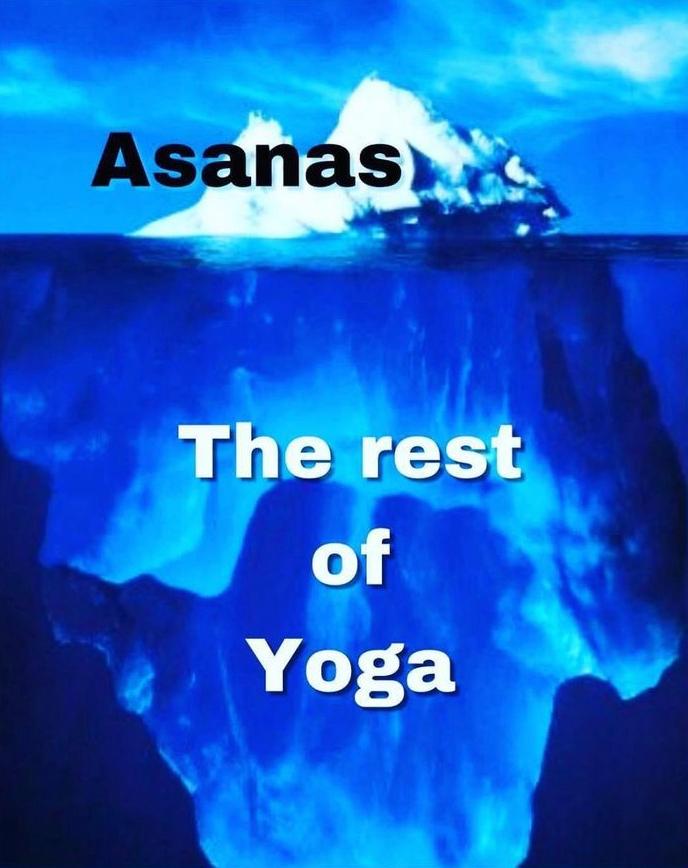



A State where there is no inhalation, no exhalation, and no mind. Kumbhaka, in yogic practices, refers to the retention of breath—holding the breath after inhalation or exhalation. It is often seen as a state of profound stillness and concentration, where there is no conscious breath movement, and the practitioner can transcend ordinary thought patterns….

While Yoga can be a powerful tool for fostering clarity and stability, the journey itself is deeply personal. That is why external influences can’t replace individual effort. Yoga is a deeply personal journey, and while external influences like teachings, mentors, and guidance can certainly help illuminate the path, the real work happens within. It’s that…

In yoga, the concept of voidness or emptiness refers to the spaciousness within both the body and the mind. On a physical level, space exists within the body as the gaps between bones, organs, and tissues. These spaces are vital for movement, flexibility, and the circulation of blood and other fluids. Maintaining and expanding these…

Normally, asana encompasses the entire practice of a yoga sadhak (practitioner), as it is one of the most visible and accessible aspects of yoga. However, in this graphic, we are presented with a different perspective: the iceberg. On the surface, we see only the asana – the visible part, much like the tip of the…

With a steady mind, the path to Samadhi unfolds. Focusing the mind on a single point or object, which is the preparatory stage for Samadhi, the ultimate state of union or absorption. When the mind is steady and undistracted, clarity arises, allowing the practitioner to transcend ordinary consciousness and merge with the object of focus….